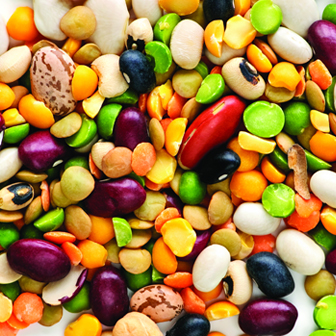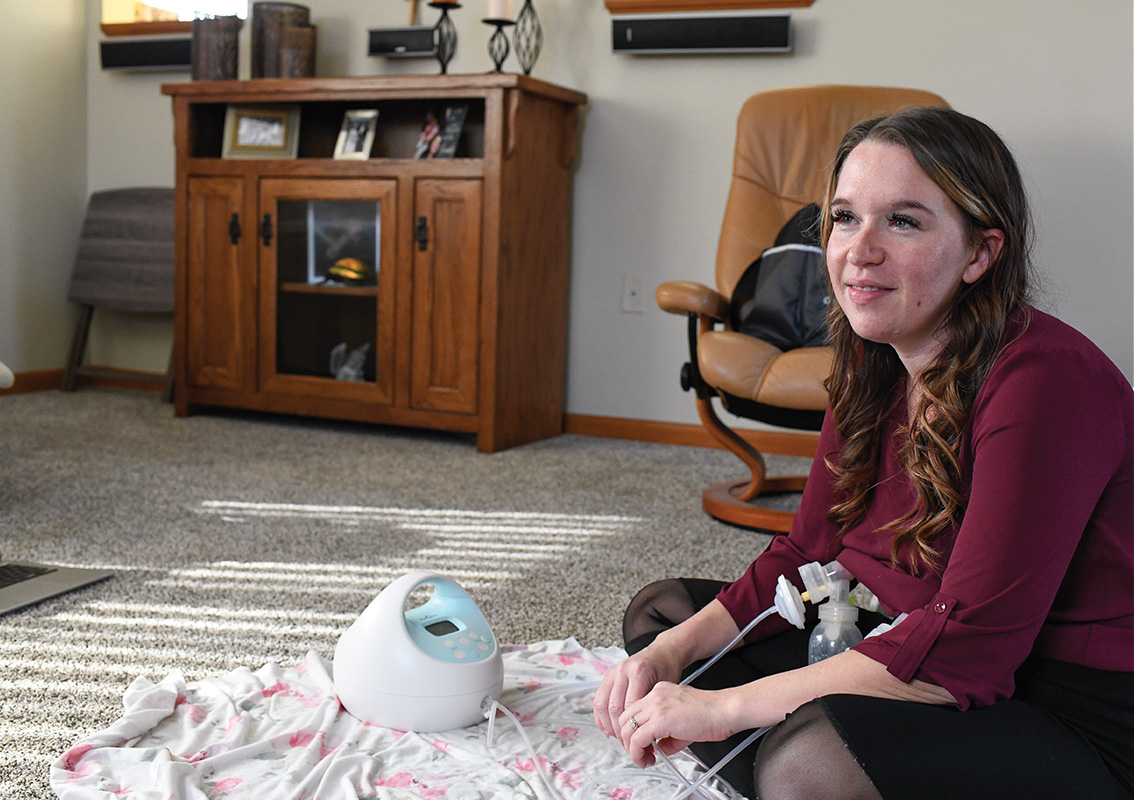
Your Body, Your Mind
Emotional Health
Grief is overwhelming at times, but that is normal. You are not alone if you feel this way. Working through grief is a process; your feelings will change over time. If these feelings become too much, talk to your doctor.
A support group may help you in the healing process. Talking with other people who have lost a baby will help you through this time.
Nutrition
- Eat regular, small meals.
- Have healthy snacks.
- Make foods that look and smell good.
- Take a multivitamin.
WIC provides food with the nutrition your body needs to recover.

Protein
Protein in eggs, peanut butter, and beans to repair tissues in your body.

Iron
Iron in beans, lentils, and cereal to keep your blood healthy and oxygen-rich.

Vitamins
Vitamins and minerals from fruits and vegetables to aid in healing.

Calcium
Calcium in milk, cheese, and yogurt to keep your bones and teeth healthy and strong.

Lactation
You may have human milk come in, which can be a difficult reminder of your loss. You may find it healing to pump the milk, which could be donated or saved for other purposes, or you may feel more comfortable taking steps to dry up your milk. A lactation consultant or your doctor can help.
Resources
There are many resources available that can provide support for you.
Your health care provider
See your doctor to make sure your body is healthy. They may be able to tell you about support groups you can attend through your clinic or hospital.
WIC
You may be able to stay on WIC as a postpartum client after a loss to receive support, nutrition counseling, and food to keep your body well.
Support groups
They may help you in the healing process. Ask WIC staff about local resources.
Get help by visiting these resources:
Free Pregnancy Loss Support
Open Arms – Free Support Program
Free Virtual Support Groups
Free Pregnancy Loss Support
Open Arms – Free Support Program
Free Virtual Support Groups
Get help by calling these resources:
Support line staffed by professionals who have personal experience with pregnancy and infant loss.
This institution is an equal opportunity provider.